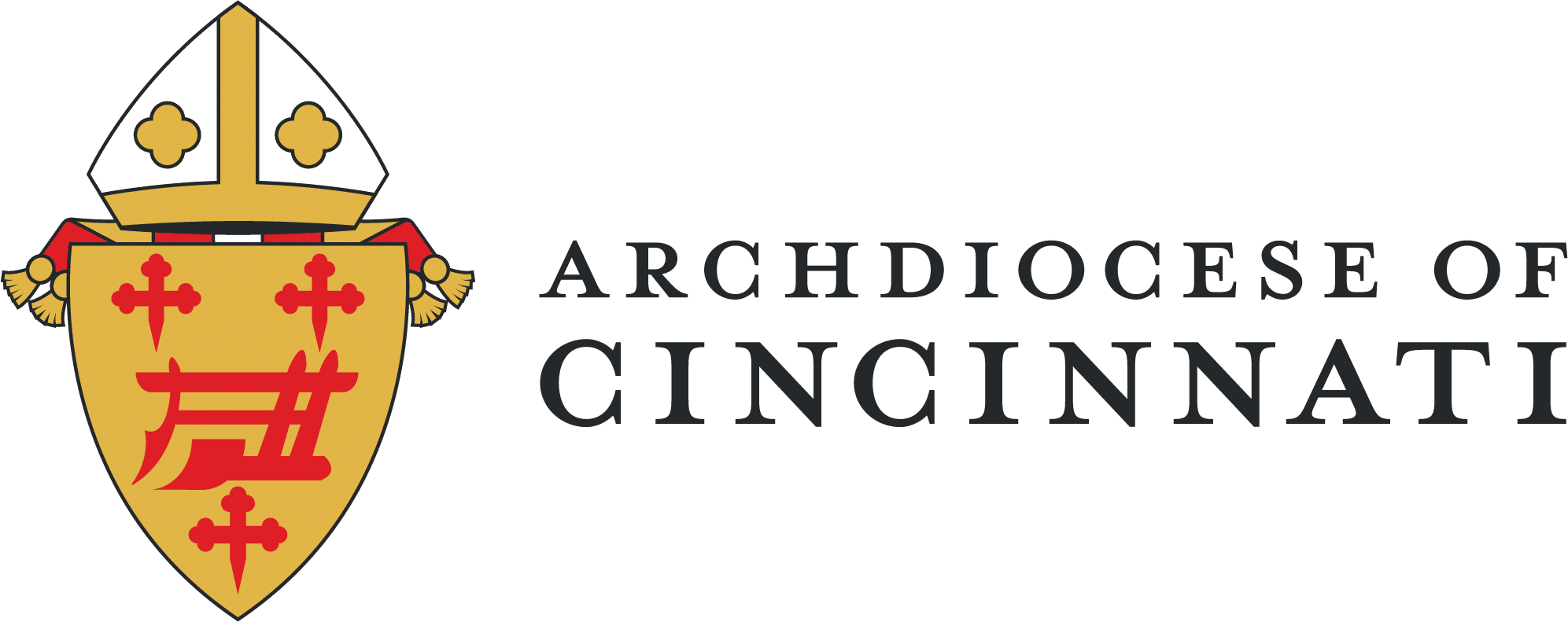Our traditions have a way of bringing us together, uniting people from different regions, backgrounds and ways of life behind a common passion – the love of our shared faith. Each year, we see an example of this as faithful Catholics from our archdiocese and surrounding dioceses gather to “pray the steps” at Holy Cross-Immaculata Church in Mt. Adams on Good Friday.
Events such as these can help us appreciate the profound, lasting unity rooted in our shared Catholic faith. Sacred Scripture teaches us of this unity; it is fostered through our participation in the Eucharist; and ultimately it is fulfilled in our shared redemption through Christ’s Resurrection.
Scripture often reminds us of how our faith unites us in Christ: “For as in one body we have many parts, and all the parts do not have the same function, so we, though many, are one body in Christ and individually parts of one another” (Rom. 12:4-5).
God made each of us for some definite purpose. And although He granted us each a specific set of talents and asks us to discern our vocations accordingly, nothing we accomplish would be possible without sharing those gifts with one another. We each have a role to play in the Church, and the Church, as God’s Kingdom on earth, accomplishes Her mission only to the degree that we each contribute our unique gifts and talents for the good of one another. We need one another; this is why God gives us the Church. No one of us can return to the God who created us on his or her own. We have to make that journey together.
At every Mass we renew our awareness of Christian unity and strengthen the bonds of charity and faith which unite us in our common mission. The Eucharist – Christ’s Body, Blood, Soul and Divinity – is the source and summit of our existence as Christians (cf. Lumen Gentium, 11). Everything we do and all that we are comes from Christ and His love for us, and we enter into that mystery most profoundly through the Church’s liturgy.
As the Catechism of the Catholic Church says: “Through the liturgy Christ, our redeemer and high priest, continues the work of our redemption in, with and through his Church” (CCC 1069). The Lord who has conquered sin and death lives gloriously with His Father in heaven, and He also lives and works through His Church. Together we are united to form the Body of Christ. And the heart of that Body is the Eucharist.
While the Eucharist remains the heart of the Body of Christ here on earth, the mystery of the Lord’s Resurrection unites the faithful in our redemption from sin and offers us a shared hope that we might participate in His Resurrection at the end of time.
Many things in this life foreshadow the joy of the perfect, lasting unity we will experience in heaven. Living in that joy, united together in our faith, is our great hope as Christians. This Easter, may we unite as witnesses to the risen Christ and share with each other the hope of eternal unity with God and, in Him, with one another.

